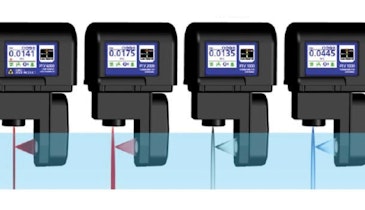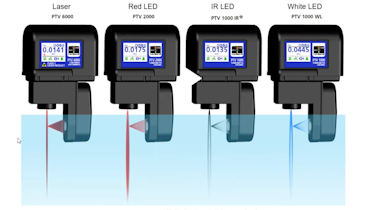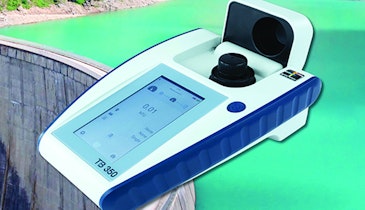
For analytical method development, the limit of detection (LOD) and the limit of quantitation (LOQ) are important parameters that need to be determined during method development and validation for any analytical procedure. LOD is commonly defined as the lowest value measured by a method that is greater than the uncertainty associated with it1. In other words, the measured analyte concentration is distinguishable from the method blank value with confidence. LOQ is the lowest value that can be reliably identified and quantified with a certain degree of confidence.
An established practice for determining the LOD / LOQ is to utilize the signal-to-noise ratio (SNR) close to the baseline measurement. Herein, an SNR of 3:1 is used to calculate the LOD and an SNR of 10:1 is used to calculate the LOQ. The LOD is a good estimate of the lowest possible change in turbidity that the instrument can detect. LOD and LOQ are method dependent and must be considered when comparisons are made between different instruments. As an example, an instrument that does not allow baseline subtraction as part of the method cannot be compared to one that does simply by calculating the standard deviation at an incremental turbidity value above the zero or baseline measurement. Sample preparation, handling and matrix will also affect the LOD and LOQ results, in addition to the instrument noise and stray light.
Download the white paper to read more about the acceptable approaches of calculating LOD and LOQ.
Download White PaperVisit the Lovibond Storefront




